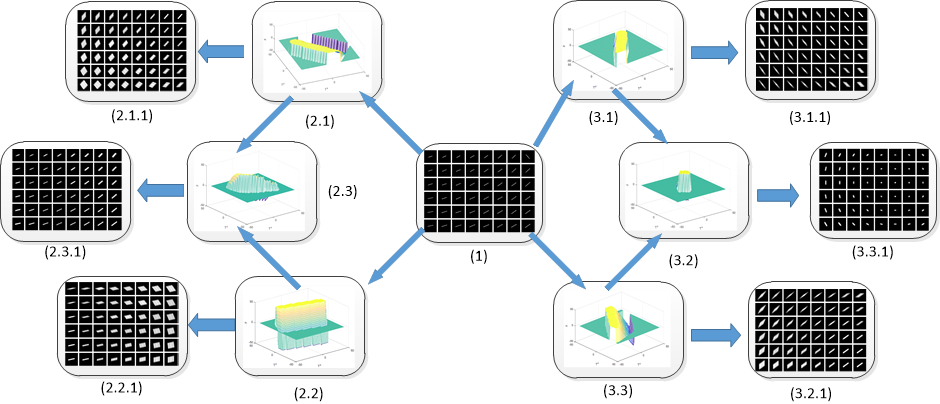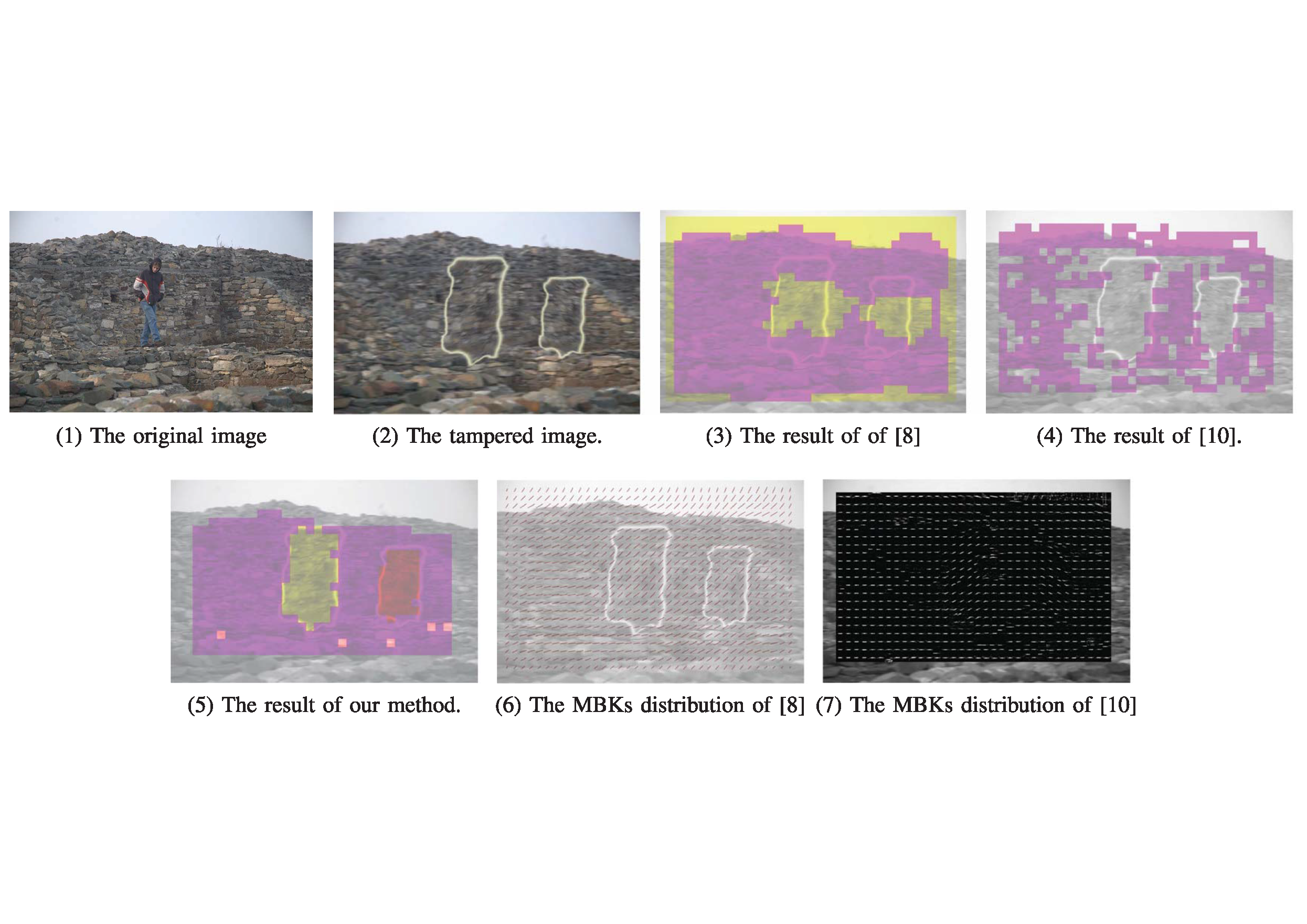Images are often used as important evidences in legal proceedings; therefore their authenticity verification is of great significance. Recently, the edge computing research group at Shenyang Institute of automation, Chinese Academy of Sciences has developed a new technology of image forgery detection based on motion blur, the result is published onIEEE Sensors Journal.
The research team overcame a series of issues such as obtaining reliable motion blur kennels on small image patches, estimating the 3D motion path of the camera during exposure, etc., and the proposed method can significantly improve the forgery detection accuracy.

Schematic diagram of the proposed image forgery detection method
Researchers use the parameterized kernel to replace the non-parameterized kernel, so that the reliability of motion blur kernel estimation can be improved. Then, the parameterized motion blur kernel is mapped into the 3D pose space of the camera to obtain the 3D pose set, and the intersection of the 3D pose sets (shared pose set) corresponding to multiple image patches is obtained. By detecting the consistency between the projection kernel of the shared pose set on each image patch and its original estimated motion blur kernel, the image splicing forgery detection is carried out.
The team also proposes a series of algorithms, such as motion blur kernel reliability detection, consistency propagation and conflict solution, to improve the reliability and efficiency of detection, as well as the accuracy of forged boundary segmentation. Compared with the state-of-the-art methods, the detection accuracy of the proposed method is improved by more than 20%.

Comparison of the proposed method with other state-of-the-art methods
Contact:
DAI Tianjiao
Email: daitianjiao@sia.cn